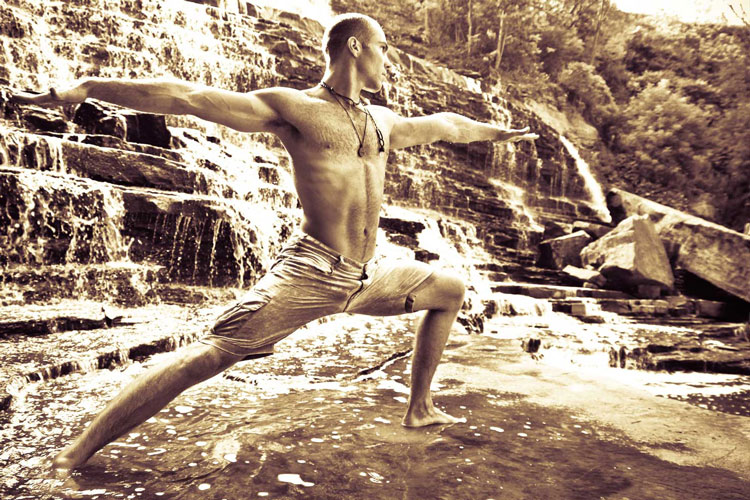
Does Yoga Build Muscle?
The extent to which yoga strengthens and conditions your muscles is influenced by a few factors. With the exclusion of props, the extent to which your yoga practice will involve lifting is directly related to your current body weight. The most you could lift would be your own body weight, and the extent to which your muscle groups disperse the weight and target your muscles is varied by pose and balance. For example, in frog pose the arms are positioned to balance the weight of the entire body behind the knees on the forearms. While this may seem like an extensive workout for the forearms, they are not targeted nearly as much as one might assume. Balance in this pose shifts the focus of the muscles to the abdomen and biceps.
Yoga vs. Weight Training
In contrast, standard weight lifting creates sporadic and intensive repetitive engagement that can lead to muscle twitch and limit the freedom of muscle movement. Yoga can build muscle in very discrete areas. Yoga incorporates balance into muscle building so the muscles that become engaged in the process of balance are difficult to target and maintain. The smaller muscles in the foot, for example, can ease the process of everyday walking when being targeted from Tree Pose. Standard walking and running muscles do not target and build the discrete muscles in the foot used to balance in Tree Pose. Walking and running exercises are benefited when yoga practitioners build the discrete muscles in the foot through balancing poses. Building discrete muscles through yoga is a great way to transfer exertion on larger muscle groups and extend workout length.
*Photo courtesy of Anthony Berlingeri. www.yogaaffectsyouth.com
